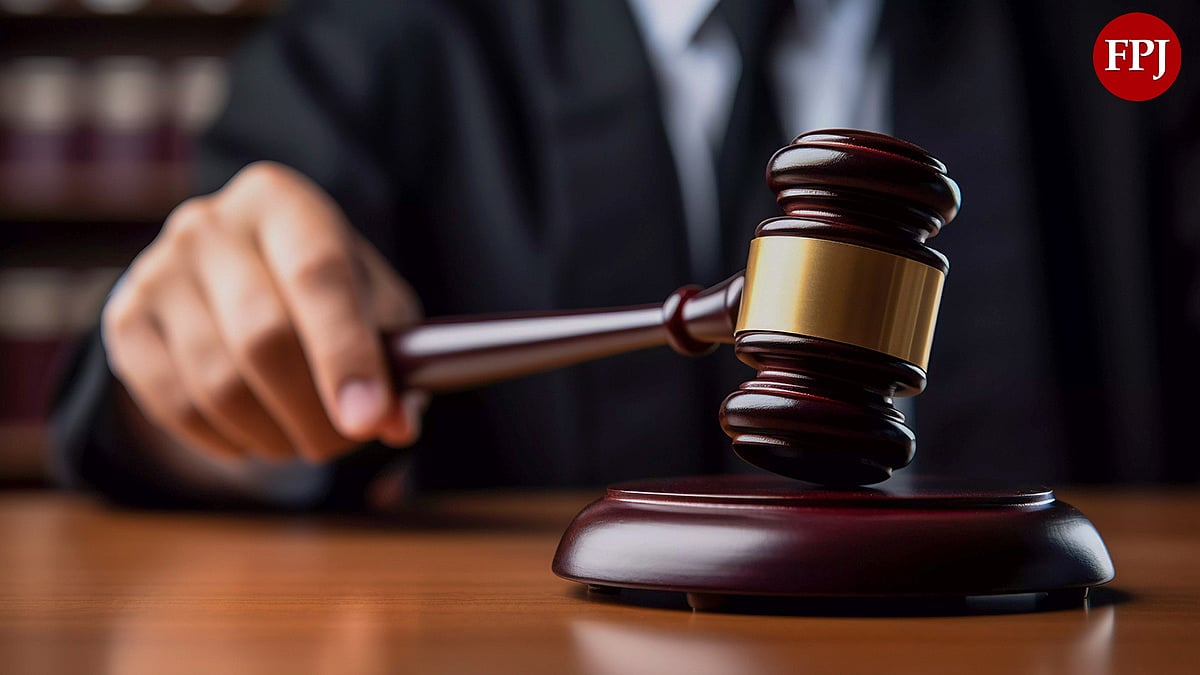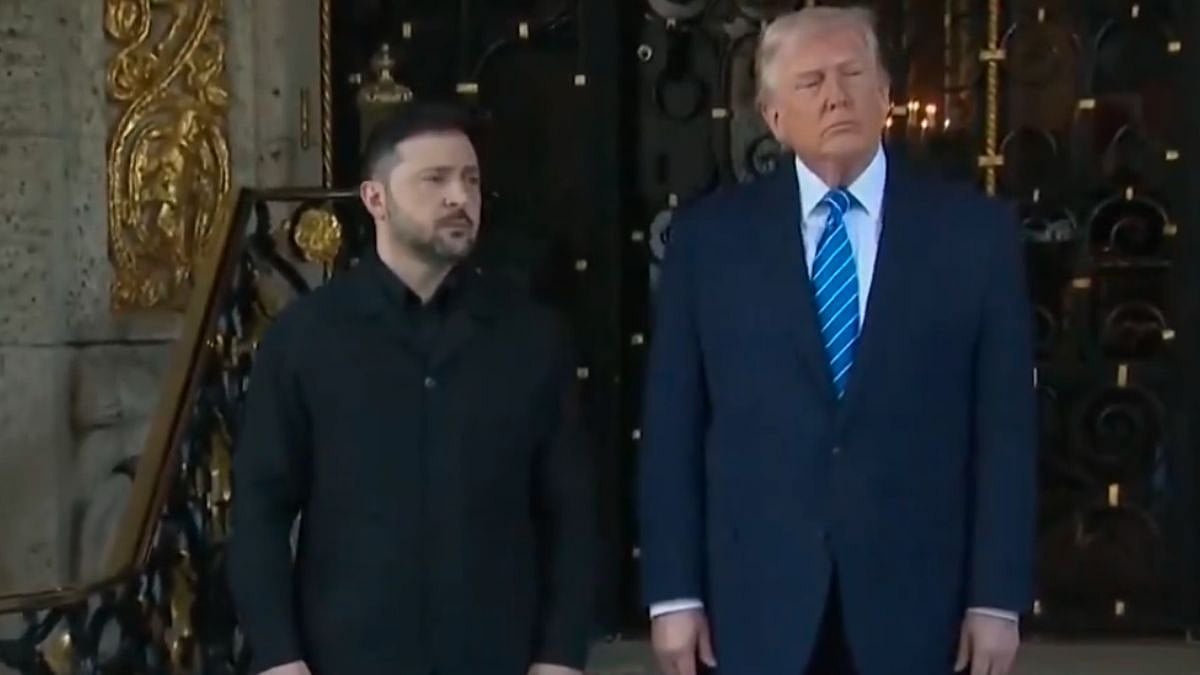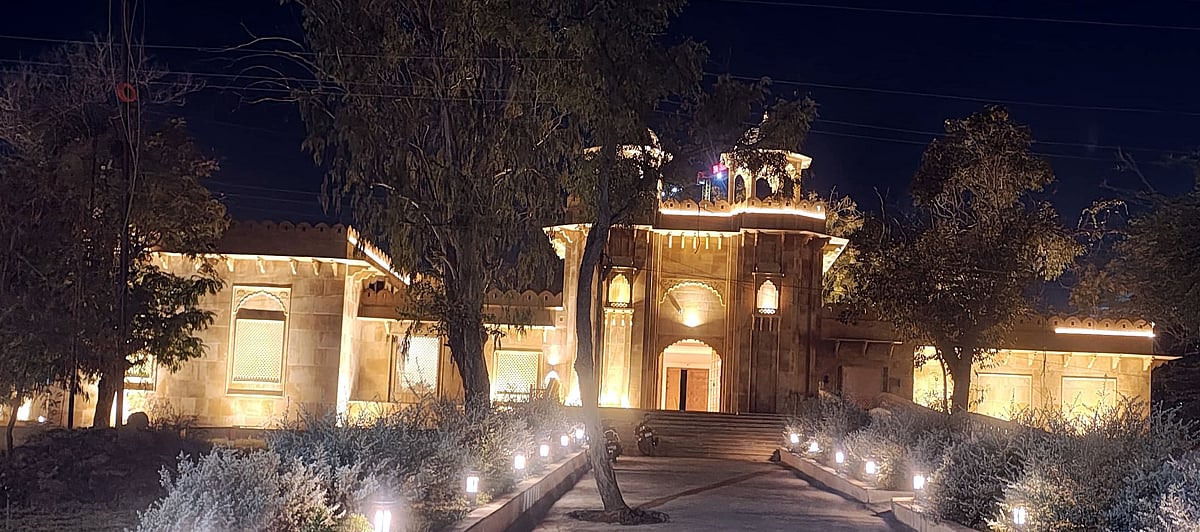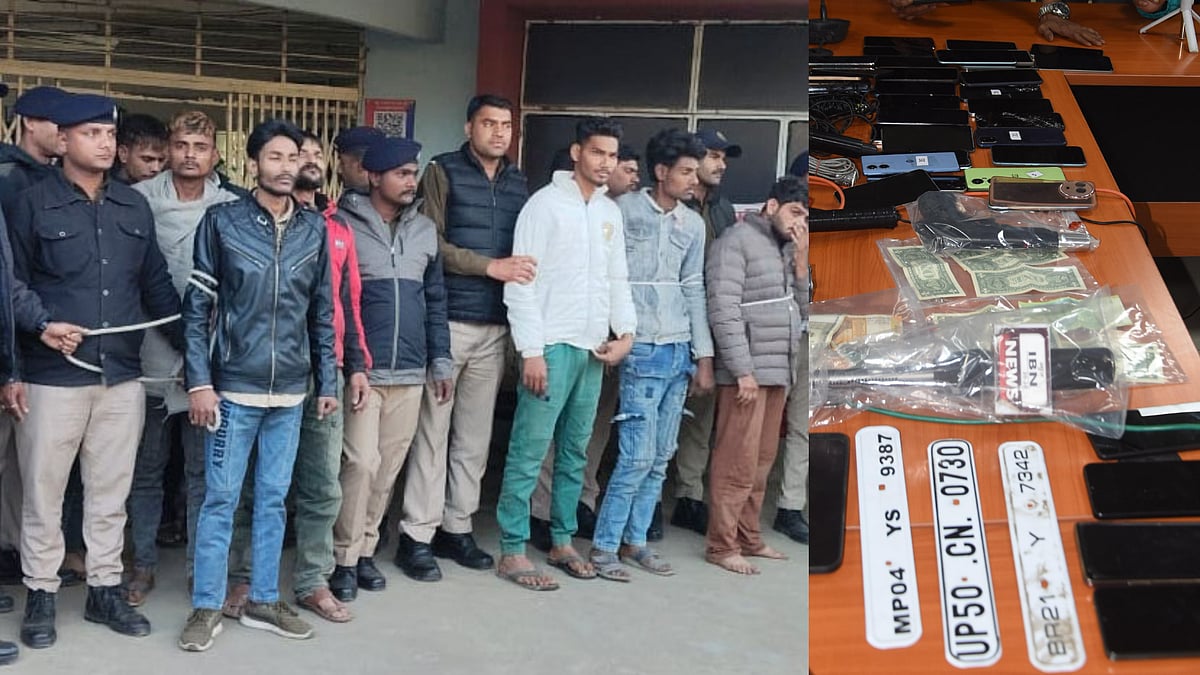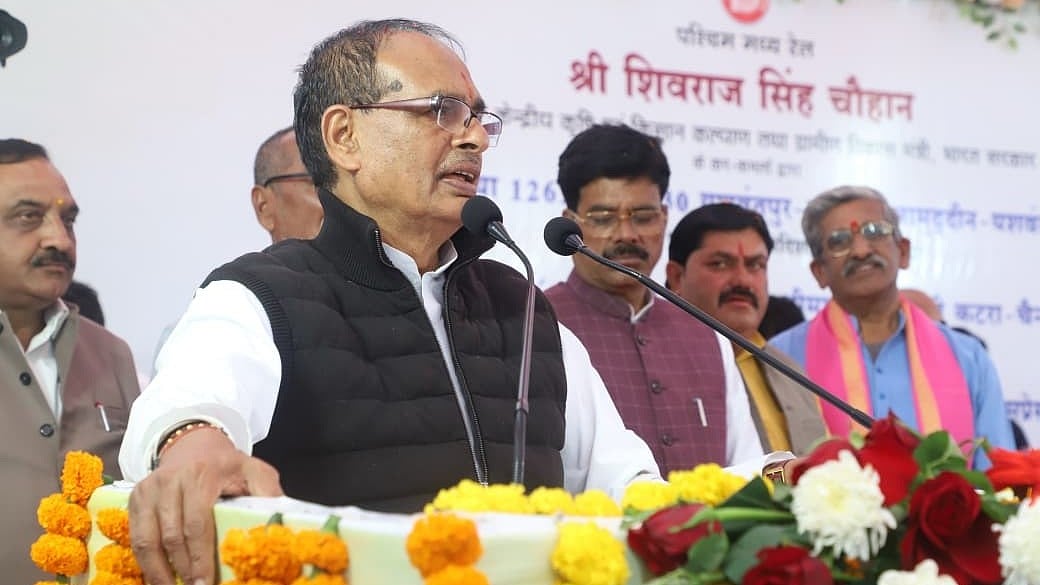Bhopal (Madhya Pradesh): A video of Madhya Pradesh High Court Justice lashing out on an advocate while hearing a plea by the Archaeological Survey of India against the Waqf Board is spreading like wildfire on social media. The video surfaced on X on Thursday, in which Justice Gurpal Singh Ahluwalia questioned an advocate on how a mere notification can legitimise a protected property as Waqf property.
"Aap to Taj Mahal bhi le lo yaar, kaun mana kar raha hai." (Take Taj Mahal, who is stopping you, the irked judge can be heard saying while replying to the advocate's unjustified reply).
Notably, the Waqf Board issued a notification 11 years ago, in July 2013, claiming ownership of the tombs of Shah Shuja and Nadir Shah in Burhanpur, Madhya Pradesh. The Archaeological Survey of India challenged the Waqf board's decision in the High Court. This viral clip is from the hearing held on August 7, 2024.
During the hearing, the Justice questioned the advocate on what basis a protected ancient property is being claimed as WAQF property. To which the advocate answered, “It has been done on the basis of a notification.”
‘Bhai sahab aap to Taj Mahal le lo’
Hearing the reply, the Justice fumed and counter-questioned, “I only have a blunt question…Kal ko agar Agrawal ji ki property ka notification nikal jayega to wo WAQF property ban jayegi (Tomorrow if the notification of Aagrwal ji’s property (some random property) comes out, would it be declared WAQF property. Isn’t there any procedure for it)?”
He continued, “Bhai sahab aap to Taj Mahal bhi le lo yaar, Lal Kila bhi le lo, kaun mana kar raha hai. Pure Bharat ko aap WAQF property declare kar do!....(So tomorrow, the Waqf Board can declare any government office as its property?...Then you take the Taj Mahal. And Red Fort too. They might even claim the entire India as WAQF property.)

What is the debate about?
Recently, Madhya Pradesh High Court overturned WAQF Board’s claim over the Burhanpur Historical monuments citing that the monuments were declared protected properties under Ancient Monument Act in 1904. Also, mere a notification issued in 1989 cannot legitimise them as WAQF property without and legal proceedings.
.png?width=1200)


